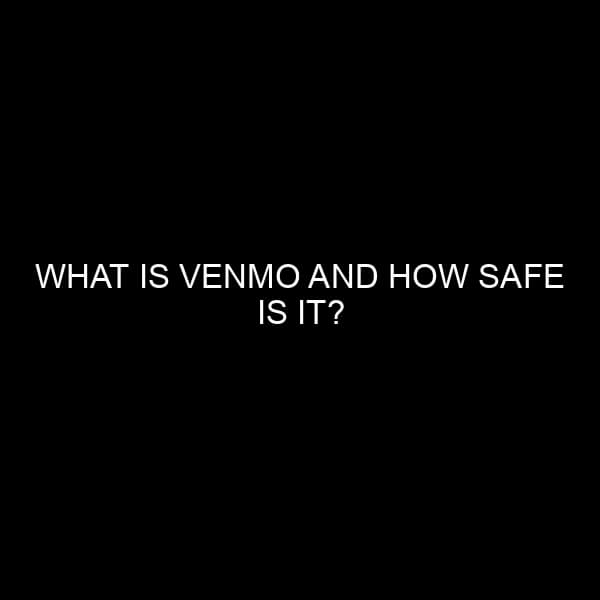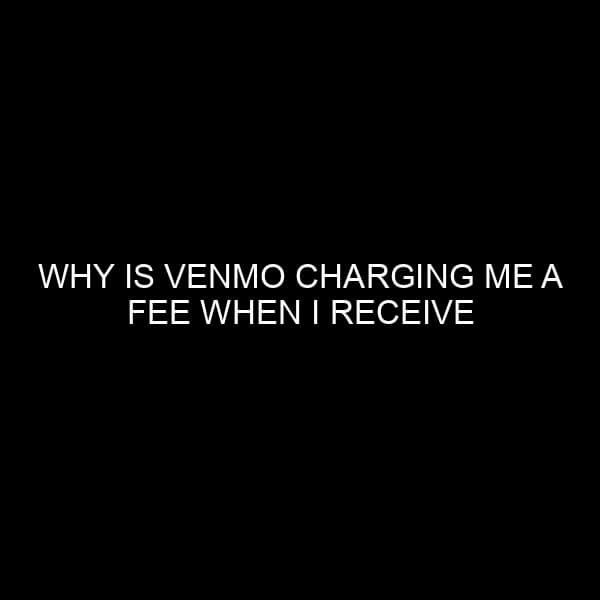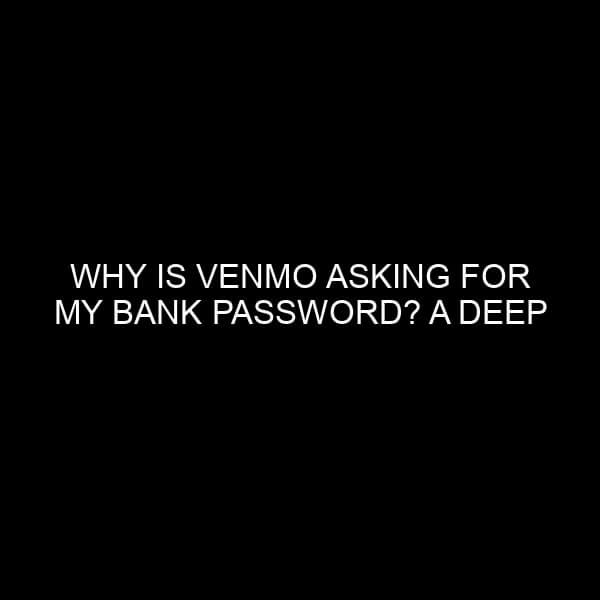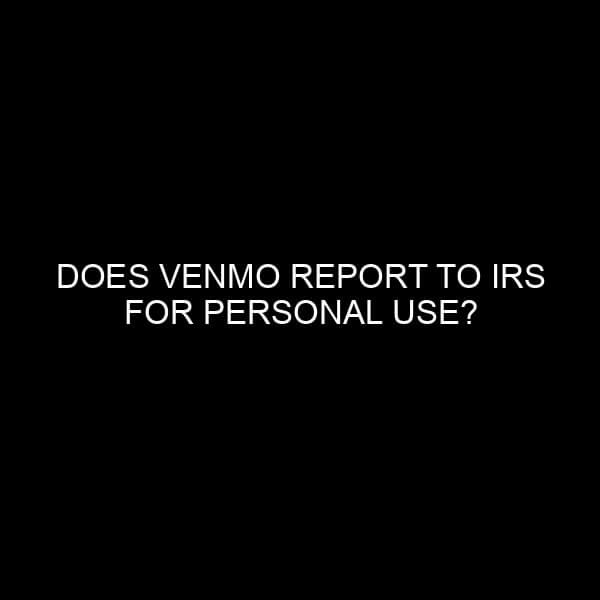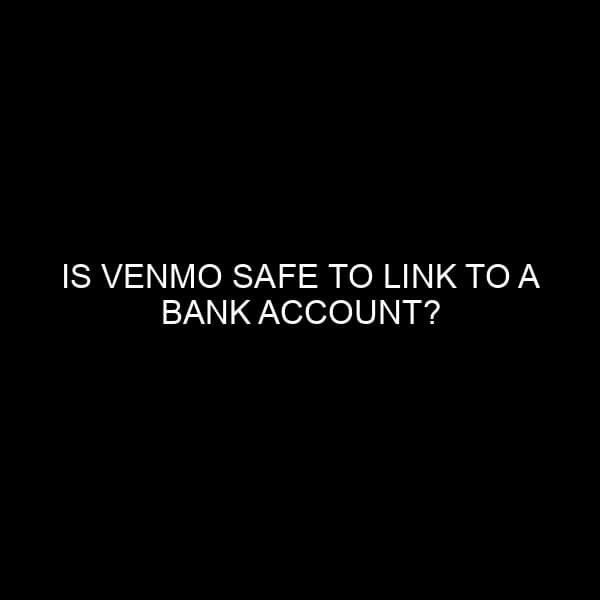What is Venmo and How Safe Is It?
Venmo, a name that has become synonymous with the modern digital world’s convenience, has revamped the way we perceive transactions and payments. But with the increased use of digital payment platforms, safety concerns arise. Just how safe is Venmo, and what mechanisms are in place to protect users?
Introduction: The Rise of Digital Payments
In the digital era, where instant gratification is the norm, financial transactions have not been left behind. Today, we live in a world where sending or receiving money is as simple as a tap on a smartphone screen, a trend facilitated by applications like Venmo. As the banking and financial market have transitioned from conventional banking methods to digital platforms, it’s imperative to understand these tools and the security protocols they have in place.
Understanding Venmo: A Glimpse into Its Functionality
Venmo, owned by PayPal, has become one of the most popular peer-to-peer (P2P) payment apps available today. Launched in 2009, it was designed to make splitting bills, paying friends, or transferring money hassle-free. Linked directly to your bank account or credit card, Venmo allows users to:
- Send and receive payments instantly.
- Share payment statuses on a social feed, allowing users to interact with each other.
- Scan QR codes to transfer funds.
- Shop online or in-person with participating vendors.
While its primary user base comprises millennials and Gen Z, its user-friendly interface and seamless integration have expanded its reach across age groups.
Safety Concerns: Delving Deep into Security Features
With the convenience of digital transactions comes the inevitable concern about safety and security. So, how safe is Venmo?
1. Data Encryption
Venmo employs data encryption technology to protect user data. This ensures that any data transferred between users and the application remains confidential and secure. Venmo’s encryption techniques are on par with those used by major banking institutions, ensuring top-notch security.
2. Account Protection
Each account is protected by a multi-factor authentication (MFA) system. This means that even if someone knows your password, they can’t access your account without another piece of identification, typically a code sent to your phone.
3. Transaction Alerts
To keep users informed, Venmo sends instant notifications for any account activity. This allows users to quickly identify any unauthorized transactions.
Potential Risks and How to Mitigate Them
No system is entirely immune to risks. With Venmo, there are potential vulnerabilities users should be aware of:
1. Public Transaction Histories
By default, Venmo transactions are public. While this doesn’t display the amount, the payer and the recipient, along with any attached note, are visible. To mitigate this, users should adjust their privacy settings to make transactions private.
2. Scams
There have been instances of users being scammed by fake vendors or duped into paying for products that never arrive. It’s crucial to transact only with trusted individuals or businesses.
3. Linking to Bank Accounts
While linking provides convenience, it’s also a potential gateway for hackers. It’s recommended to link Venmo to a credit card, which often offers better fraud protection than debit cards.
Best Practices for Safe Venmo Use
- Use a Strong, Unique Password: Avoid using easily guessable passwords or the same password you use for other accounts.
- Regularly Monitor Your Account: Frequent checks can help detect any suspicious activity.
- Limit Public Sharing: Adjust your privacy settings to ensure your transaction details remain private.
- Beware of Phishing Attempts: Never share your Venmo login details through email or unknown platforms.
Conclusion
Venmo, like all digital payment platforms, blends the convenience of modern technology with the necessity of financial transactions. While its security features are robust, the essence of its safety lies in the hands of users. By being aware, staying updated with best practices, and transacting responsibly, one can enjoy the perks of digital banking while safeguarding their assets.
Remember, as with all tools in the financial and banking industry, the power of security lies as much with the user as with the platform. Stay vigilant and use wisely!
